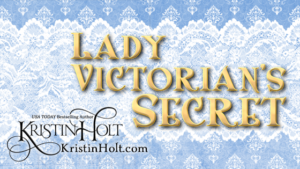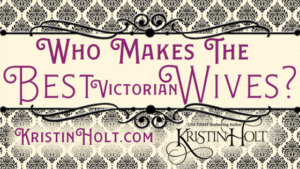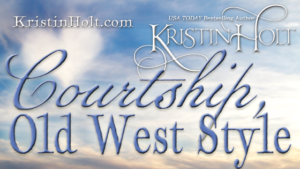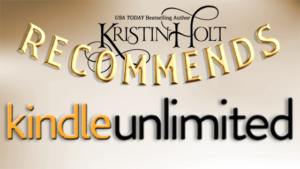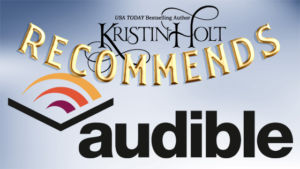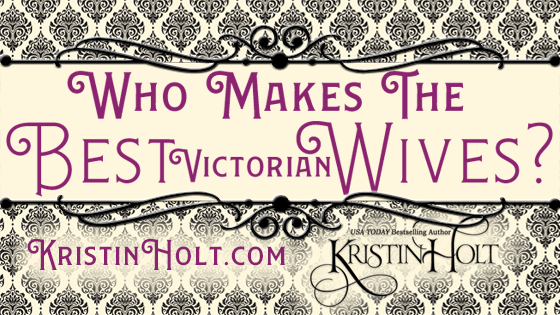
by Kristin Holt | Jul 22, 2019 | Articles
Victorian-era American wisdom regarding romance, marriage, and courtship is fascinating! A collection of 19th century newspaper clippings provides a wide range of answers to the question: Who Makes the Best (Victorian) Wives? Throughout the late nineteenth century, much (conflicting) advice for the hymeneal-minded.
Note: Part of a blog series including Blondes are Favorites (Who Makes the Best (Victorian) Wives?).
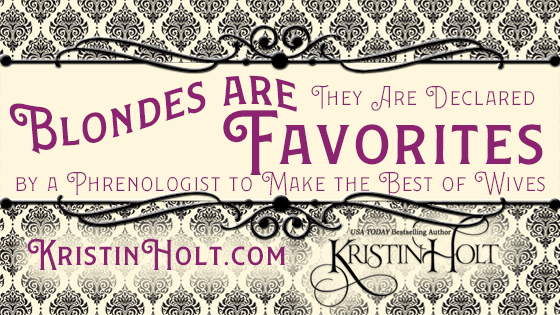
by Kristin Holt | Jul 22, 2019 | Articles
A well-known New York Phrenologist gives late-Victorian-era American romance advice. “Blondes are Favorites,” he declared, backing up this observation with Phrenology. Much hymeneal wisdom packed into one interview, contained in the vintage newspaper article that sprang from a newspaperman interviewing the phrenologist. While affable blondes are best, beware of “Women of Genius” (those inclined to education and adopting “masculine” attributes such as self-protection and self-support). Victorian attitudes and perspectives circa 1890 shed much light on cultural norms.
Part of blog series: Who Makes the Best (Victorian) Wives?
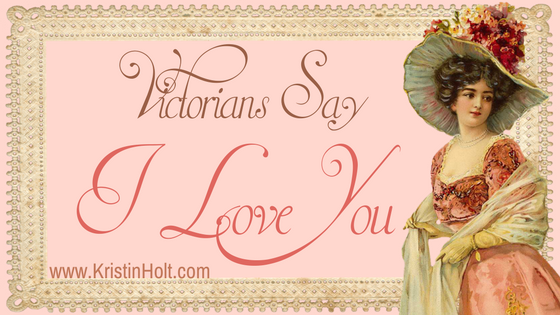
by Kristin Holt | Feb 14, 2018 | Articles
It’s Valentine’s Day! Millennials (and old folks like me) understand society’s expectations of how committed couples acknowledge Valentine’s, and how expression of love is done (or we believe should be done). But what about our Victorian ancestors?
How did Victorian Americans say “I love you”? …Or, did they?
Did advice of the era shed light on such matters?
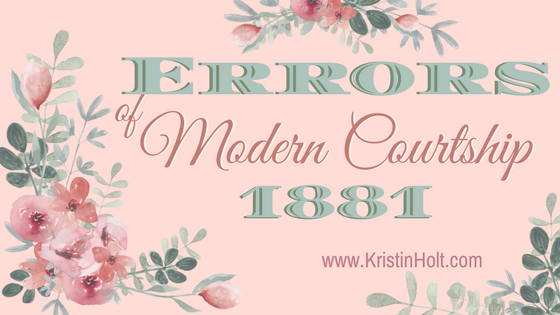
by Kristin Holt | Nov 6, 2017 | Articles
This vintage newspaper article, printed in Washington, D.C. in 1881, speaks frankly of concerns a minister has in the way young people go about courtship. Compared to today’s parents’ and grandparents’ concerns, we might draw parallel (or direct) comparisons. Much has changed, and much stays the same.
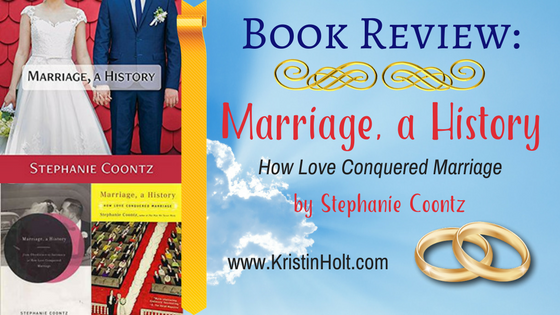
by Kristin Holt | Aug 16, 2017 | Articles
My 5-star review of a relatable, understandable history book, explaining why and how people married–from the most ancient of earth’s societies–to today. Coontz not only presents the facts in an entertaining, meaningful manner, but she draws conclusions only a historical of her caliber can, making the reading (or listening) experience ever so much more informative and helpful. Whether you’re fascinated on a purely intellectual level, love history, or are researching when and how marriage became a matter of choice between the couple (and only the couple) involved…I recommend this title!







